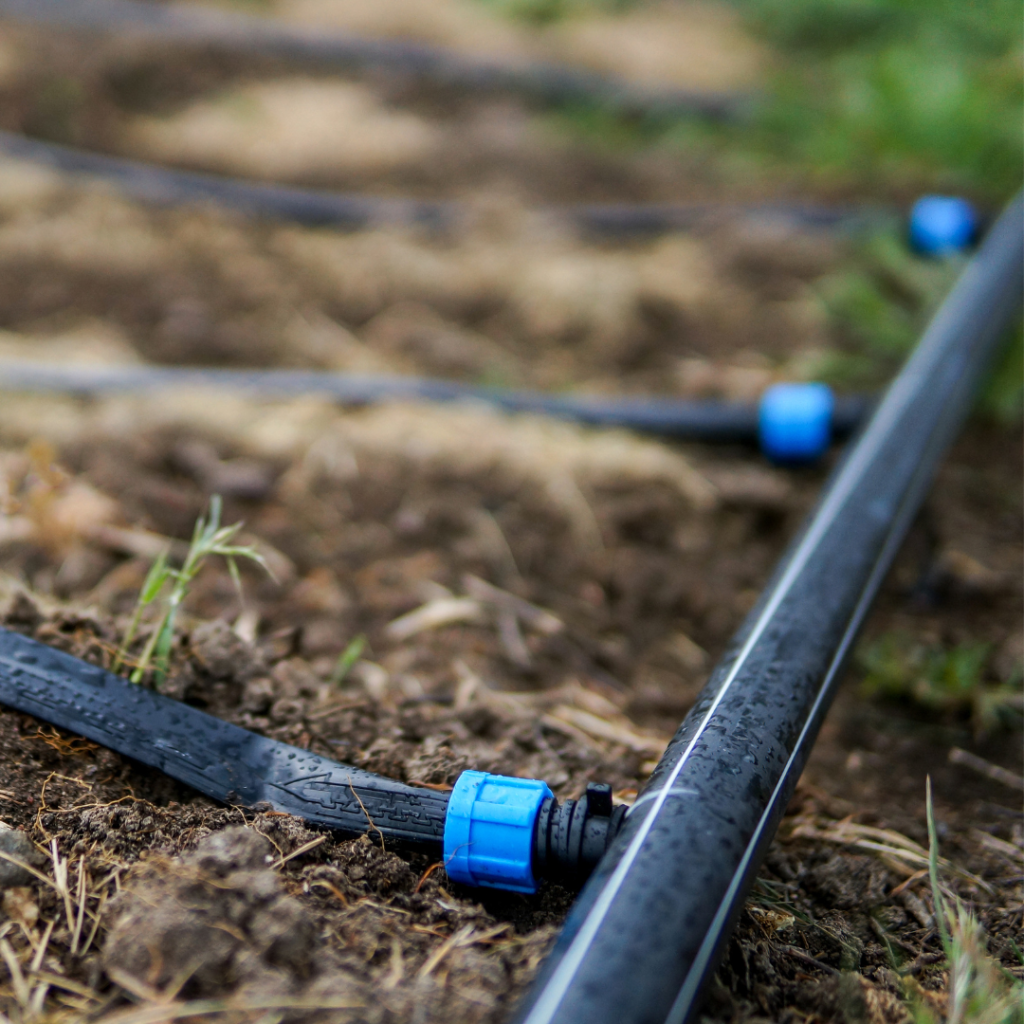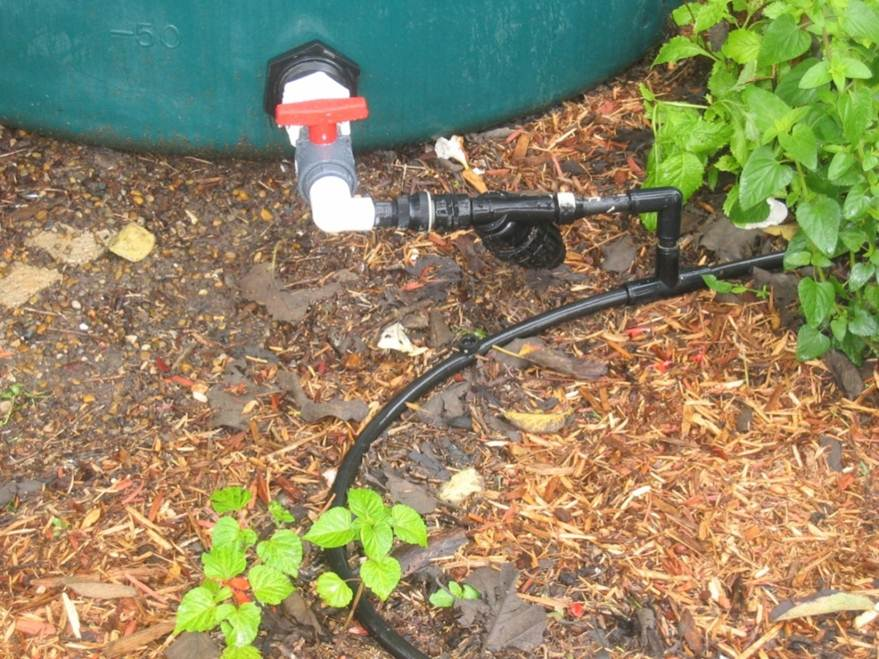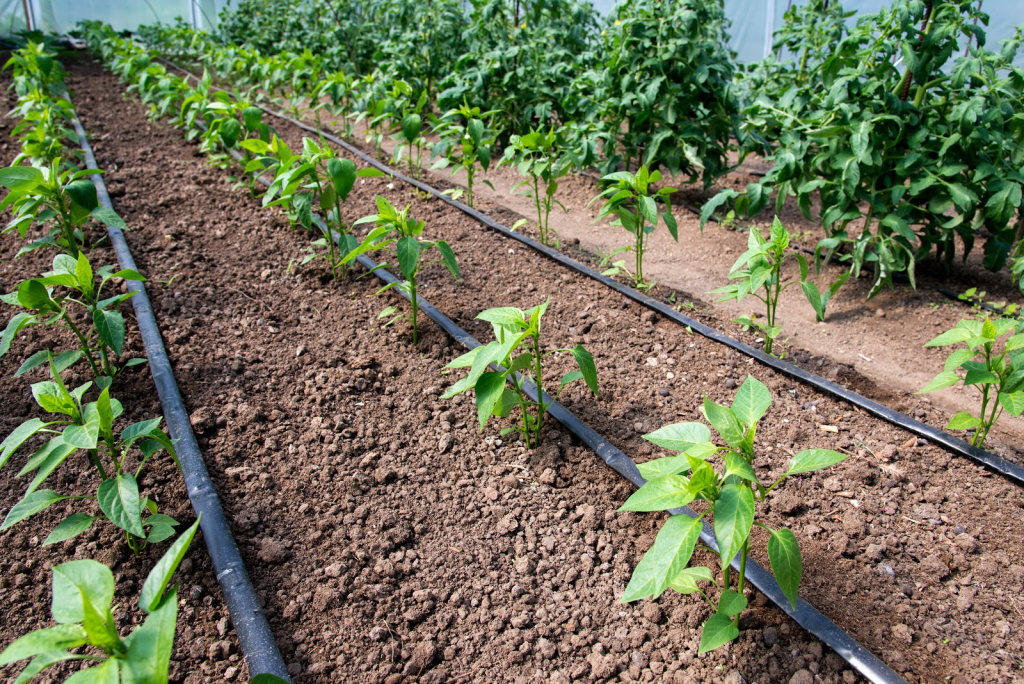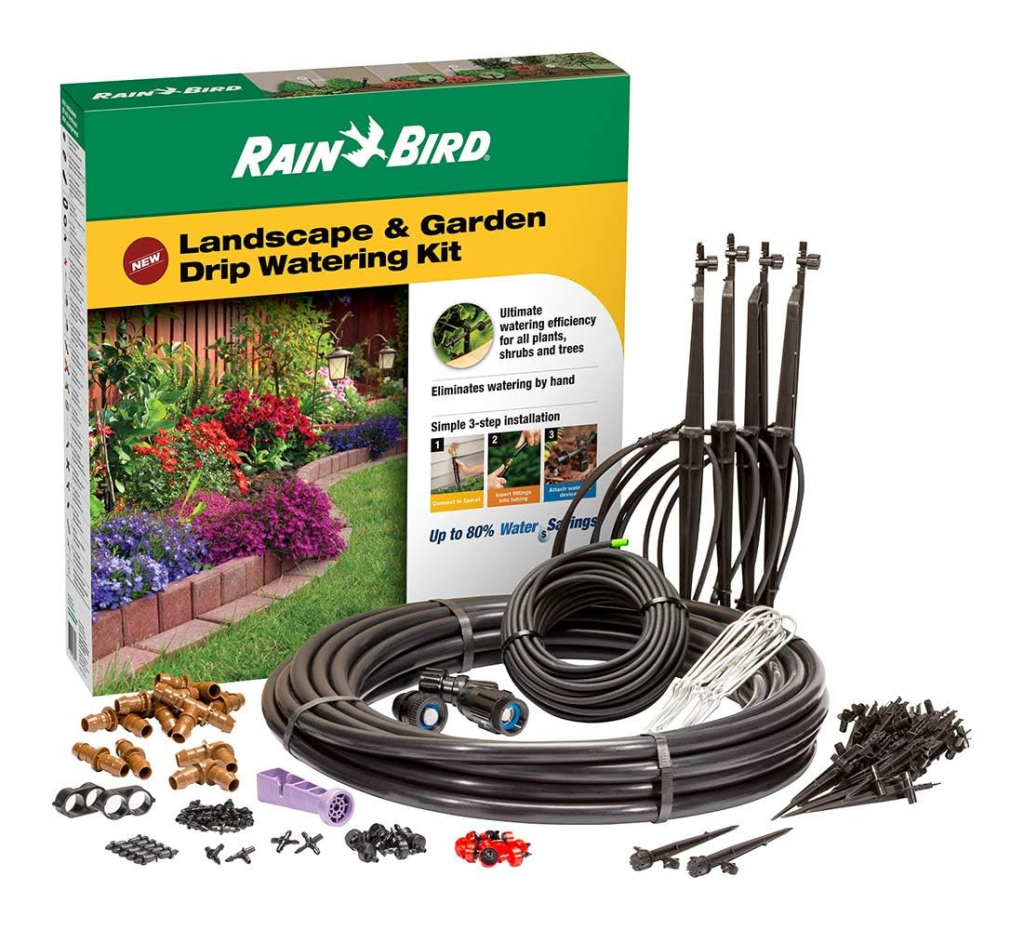Consistent moisture at the roots leads to sturdy plants and less waste. That’s the promise of a drip irrigation setup, where tubing and emitters place water in the root zone instead of the air. Plug in a smart sprinkler timer to automate intervals and keep runs short and efficient.
For dependability along the path, use top-rated hoses that don’t kink so pressure stays steady and emitters perform well. This approach bundles into affordable automatic garden watering solutions that fit small plots or long rows without relying on overhead spray.
Why Drip Irrigation Beats Traditional Watering

Drip irrigation delivers slow, steady moisture at the base of each plant. That keeps the system focused on water-efficient irrigation, not broadcasting water onto leaves and walkways.
Drier foliage lowers disease risk, and dry aisles curb weed sprouting. These garden drip benefits lead to stronger roots and fewer swings between soggy and parched soil. Using targeted watering methods, emitters and lines can be spaced and timed to crop spacing and soil type, creating sustainable garden hydration that avoids runoff and drift.
Choosing the Right Smart Sprinkler Timer
The right controller makes timing simple and plant friendly. Pick a programmable garden timer with independent zone schedules so shade beds and sunny rows do not share the same runtime. Controllers with weather-based watering control use ET or forecast data to fine-tune watering instead of repeating a fixed plan.
Support for soil moisture, rain, and freeze sensors helps the system pause automatically when conditions call for it. With those basics in place, smart watering technology plugs into drip irrigation kits cleanly and turns day-to-day care into an automated irrigation setup that respects climate and soil.
Affordable Automatic Garden Watering Solutions
Automating a small plot does not require an in-ground system. A hose-end timer on the spigot handles easy automatic watering, turning flow on and off without babysitting.
Pair it with affordable irrigation kits that include a backflow preventer, inline filter, and pressure reducer to keep emitters from clogging and over-pressuring. For rows or tightly planted borders, a soaker hose offers low-cost garden watering using the same timer.
Drip laterals shine for spaced plants by delivering water at the root zone and trimming overspray. If a yard includes turf or a larger bed, add a second timed zone for budget-friendly lawn irrigation while keeping the vegetable beds on their own schedule.
Finding Top-Rated Hoses That Don’t Kink
For fewer tangles and better pressure, focus on build and size. A kink-free garden hose made from rubber or reinforced hybrid keeps flexibility under load. Most homes benefit from 5/8 inch diameter for sprinkler flow, while shorter runs help avoid pressure losses.
When feeding drip, use the hose as a leader into a faucet setup that includes a backflow preventer, filter, and pressure regulator. That protects emitters and maintains low operating pressure.
Solid brass ends on a heavy-duty watering hose hold up to frequent connects and disconnects. Combine that with flexible irrigation hoses that store in wide coils and you get long-lasting garden hoses ready for both drip manifolds and sprinkler gear.
Author’s Note: Check out our post on The Best Garden Tools for even more must-have gear, smart picks & beginner-friendly essentials!
Step-by-Step DIY Drip Irrigation Installation

A clean plan makes a backyard irrigation setup easier to build and maintain. Sketch beds and valve locations, then gather the head-end parts at the faucet: backflow preventer, filter, and pressure regulator. Lay mainline tubing around beds, stake corners, and use tees to reach each zone.
Add dripline or punch the mainline and insert emitters where roots actually grow, which helps with installing garden drip lines. Cap line ends, flush everything, then seal and test for leaks. Tuck tubing under mulch to protect it. Add a simple timer if hands-off watering fits the routine. Keep notes as a DIY drip system guide, and finish with a few home gardener drip tips like labeling zones.
Seasonal Maintenance for Irrigation Systems
Drip systems last when kept clean and tight. For irrigation system maintenance, clean filters, then flush lines until water clears. Swap clogged emitters and use couplers or plugs where leaks show to handle leaks without pulling an entire run. Fold these checks into seasonal drip care by watching pressure and confirming controllers and valves open and close cleanly.
Cold climate on the horizon means winterizing garden irrigation matters. Shut off the water, open ends to drain laterals and manifolds, and protect any above-grade backflow assemblies with insulation that does not block vents. Air blowouts are optional for drip but help on complex systems with long, low sections.
Combining Drip Systems with Rainwater Harvesting

Collected roof runoff pairs naturally with drip lines for rainwater-powered irrigation that targets roots and keeps foliage dry. Screens and filters protect the system, while a bit of elevation improves flow to each emitter. Plan a clean overflow route and keep lids tight.
A simple rain barrel drip connection can run by gravity. A small pump is optional if the barrel sits level with the beds. If any potable line tops off the barrel, a backflow preventer is part of doing it right. The result is eco-friendly garden watering that limits evaporation and runoff, all within a sustainable watering setup that is easy to maintain.
Final Touches for Efficient Garden Watering
A tidy drip layout only pays off if scheduling and upkeep stay tight. Shift runtimes with the weather, set early-morning cycles, and lean on smart watering tips like shorter, deeper soaks. Build hydrozones so thirsty plants share a valve and tough plants share another, which is the backbone of efficient garden irrigation.
Inspect emitters and filters during each watering window and fix leaks on the spot. These habits stack into water-saving garden practices that work in any yard. Treat this playbook as an irrigation efficiency guide you fine-tune as plants grow and seasons change.
Install a simple drip line with a filter and pressure regulator, run it, and tell us what changed at the root zone in the comments below!



